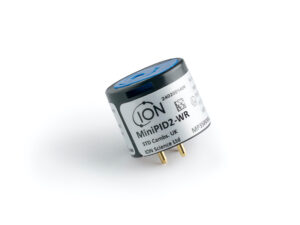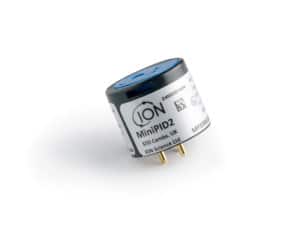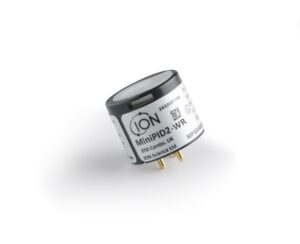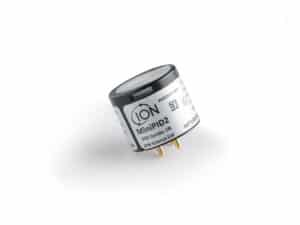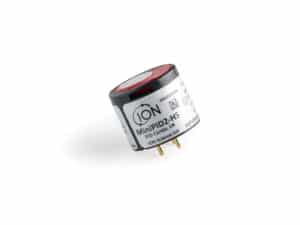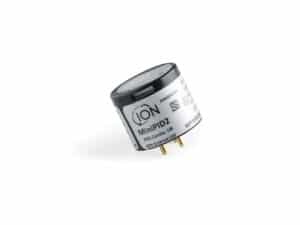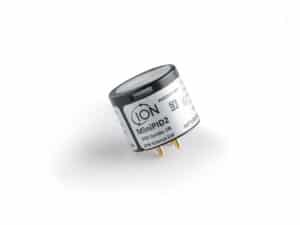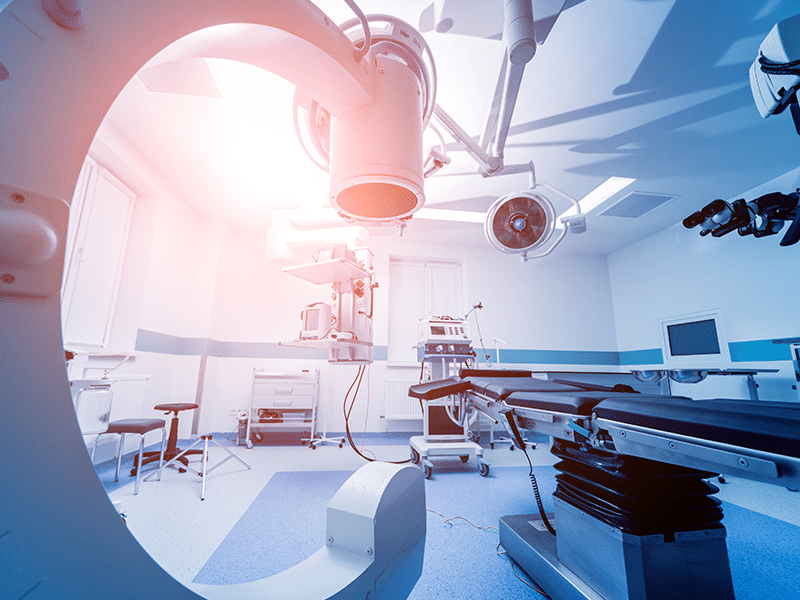
Ethylene oxide for use in sterilisation of medical equipment
5th July 2021
Medical environments, are a place where Volatile Organic Compounds (VOCs) need to be monitored, whether it be to meet regulations such as the Human Fertilisation and Embryology (HFEA) regulations for air quality in tissue laboratories, or ensuring that harmful gases used to sterilise tools and equipment used in hospitals has been removed to permitted levels
A common gas for sterilisation of equipment destined for medical usage is Ethylene Oxide (EtO) Ethylene Oxide has a EH40 Time weighted average of 1 part per million (PPM) and is a capable of causing cancer and/or heritable genetic damage and also can be absorbed through the skin for which there are concerns that dermal absorption will lead to systemic toxicity.[1]
For many medical devices, sterilisation with ethylene oxide may be the only method that effectively sterilises and does not damage the device during the sterilisation process. Medical devices made from certain polymers (plastic or resin), metals, or glass, or that have multiple layers of packaging or hard-to-reach places (for example, catheters) are likely to be sterilised with ethylene oxide.[2] About fifty percent of all sterile medical devices in the U.S. are sterilised with ethylene oxide. The types of devices that are sterilised with ethylene oxide range from devices used in general health care practices such as wound dressings to more specialised devices used to treat specific areas of the body e.g. stents.[2]
For ethylene oxide sterilisation, two voluntary consensus standards exist, these are ANSI AAMI ISO 11135:2014 and ANSI AAMI ISO 10993-7:2008(R)2012. These standards describe how to develop, validate, and control ethylene oxide sterilisation processes for medical devices and the acceptable levels of residual left on a device after it has undergone sterilisation. These standards help ensure levels of ethylene oxide on medical devices are within safe limits since long-term and occupational exposure to ethylene oxide has been linked to cancer.[2]
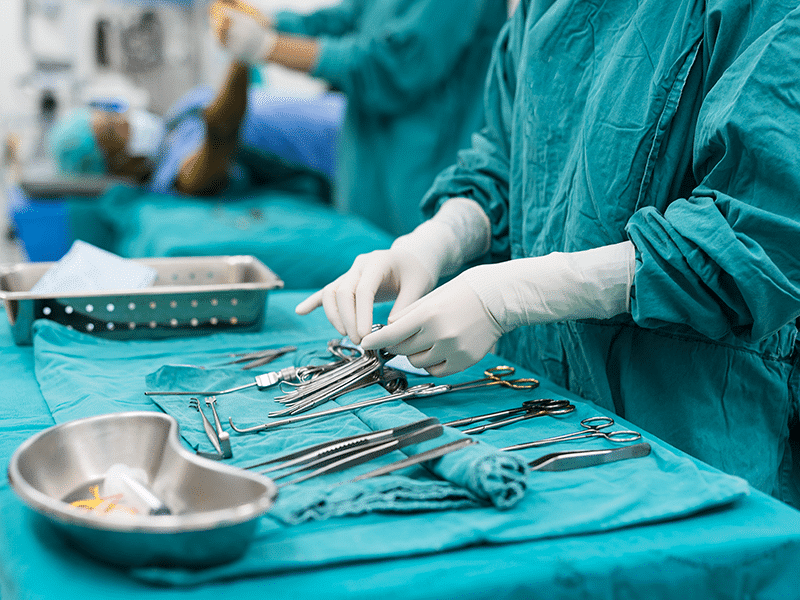
What are the Benefits of Ethylene Oxide Processing?
Materials sterilised with EO are not exposed to excessive heat, moisture, or radiation so a wide variation of materials, such as polymeric components commonly used in medical devices, can be sterilised with EtO. Material compatibility is described in AAMI TIR 17. Products can be sterilised in their final packaging, since EtO will permeate the sealed films and cartons used to package the device ensuring total sterilisation.[3]
Monitoring Ethylene Oxide
One of the simplest and effective ways to measure VOCs is Photoionisation detection (PID), due to its speed of response and wide range. This application is a process control application, monitoring the EtO depletion throughout the process. In normal industrial hygiene and the measuring of workplace exposure limits, fixed PID detection is not suitable for the monitoring of Ethylene Oxide, at low levels. In the monitoring of Ethylene oxide in the sterilisation process, the gas is contained in a sterilisation booth and vented, a fixed solution is well suited to this application.
ION Science offers a range of solutions for VOC detection, and the Falco fixed detector provides a unique feature set and include a user-friendly interface, plus an easy-fit maintenance and service design. The internal MiniPID is easily accessible so no need for hot work permits to perform maintenance. The Falco has four detection ranges available, 0–10ppm, 0–50ppm, 0–1,000ppm and 0–3,000ppm, suitable for any level of monitoring.
References
- EH40/2005 Workplace exposure limits (fourth edition 2020)
- https://www.fda.gov/medical-devices/general-hospital-devices-and-supplies/ethylene-oxide-sterilization-medical-devices (Obtained 22/06/21)
- https://www.steris-ast.com/services/ethylene-oxide-sterilization/ (Obtained 22/06/21)
For more information, please contact us on:
info@ionscience.com or telephone: +44 (0) 1763 208 503.
Application Article
Everything you need to know about Ethylene oxide for use in sterilisation of medical equipment
Our Application Articles are available to download below, they provide you with key information on the exposure limits and the locations of where potentially harmful gases can occur within your application and share information on the gas detection monitoring techniques and equipment that can help you manage gas detection in the workplace.
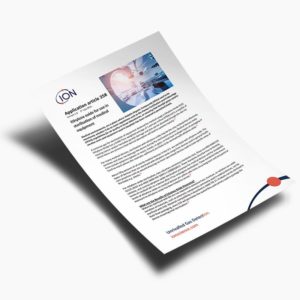
Download your copy of the Application Article
Please complete the form below to download the Application Article.




 United Kingdom
United Kingdom